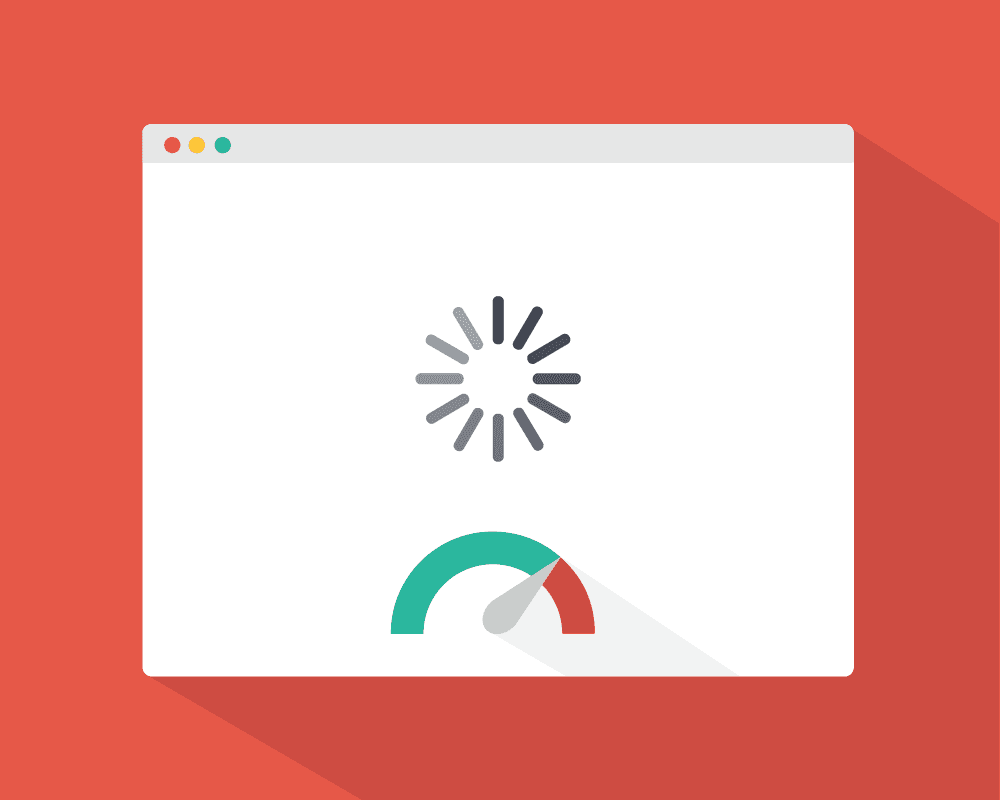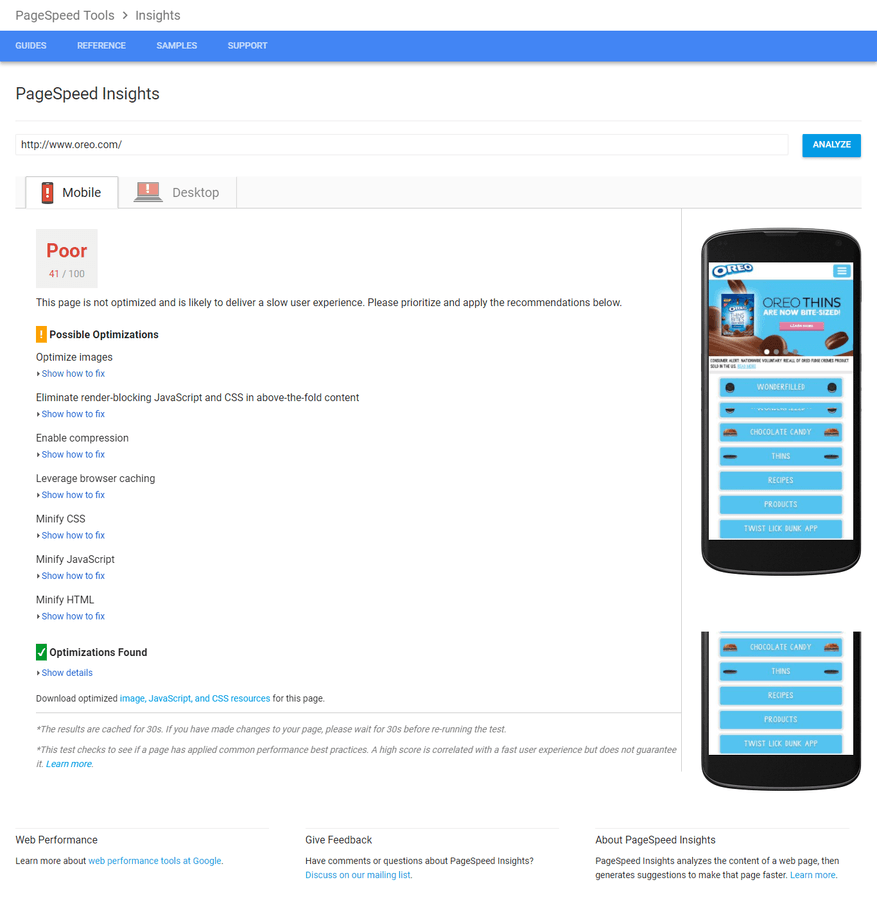Monitoring Site Speed: Why Google Cares and You Should, Too

Let’s take a poll: How long do you typically wait for a site to load before you get sick of staring at a blank screen, start smashing the back button and immediately regret ever clicking the link?
For nearly 50% of users, that expected wait time is less than two seconds.
Two seconds?! Yup. That quick. Let’s talk about site speed—there’s no time to waste.
Site speed: Tell me all about it!
Site speed is the average time it takes to load a select number of sample pages on your website. Slow site speed begins a long trickle-down effect of a negative user experience.
Users demand efficiency and don’t enjoy wasting their time with a blank screen. Whether you’re in e-commerce, banking, or a running a food blog, almost all users who engage on your site have the same desire. They want their content, and they want it now!
Why does site speed matter?
When a site loads too slowly or is too difficult to navigate, bounce rate increases and deters users from returning to your site. Google takes into account your site’s average session duration, bounce rate, and has confirmed that site speed is among the indicating factors in the ranking of your page on the SERP.
If I’m already ranking in the #1 spot on the SERP, why would I spend my time remedying site speed?
While site speed is one of several factors that Google takes into account for rankings, its substantial impact on user experience makes it a distinguishing factor. Even if you are ranking within the top 3 for a specific query, users can’t convert on your website if they get so frustrated with the load time that they leave.
Even a 1-second delay can lower conversion rates by 7%. If you’re an e-commerce business, losing 7% of sales is a steep price to pay for something that can be monitored and quickly solved.
So how do I evaluate site speed?
Luckily, there are numerous resources at your disposal to assess the site speed of both desktop and mobile. My personal favorite, which I’ll be using for this mock report, is Google PageSpeed Insights.
PageSpeed Insights delivers a digestible analysis of your site and highlights specific areas of improvement like:
Optimizing images
Minimizing the size of the graphic file without compromising the image quality to an unacceptable viewing level.
Leverage Browser Caching
Instructing your browser to store relevant webpage resource files on a local disk when a user visits your site. This allows pages to load much faster for repeat visitors of your site as well as other pages that share the same resource files.
Minify CSS & JavaScript
Removing unnecessary characters in your script without compromising the functionality of the code placed on your webpage.
PageSpeed Insights also identifies key issues within each dimension. This makes it easy to point out the issues to your developers and implement the fix.
Additional resources to assess site health are WebPageTest, YSlow, and Webmaster Tools.
Enough explaining. Let’s get testing!
To show you how Google’s PageSpeed Insights works, we ran a test on the Oreo website.
As we can see from the screenshot below, milk’s favorite cookie has major improvements to make to their mobile site.
The mobile rating isn’t great, especially since Google is moving towards mobile-first indexing. On top of this, 73% of mobile users have experienced a website that was too slow to load.
By optimizing their site speed, Oreo will likely reduce their bounce rate. This doesn’t just improve Google’s view of their site, but it helps users happily navigate their website.
This means it’ll be easy for them to discover all of Oreo’s delicious (and sometimes questionable) products. This positive user experience will bring users running back to Oreo’s website.
—
While your rankings might not immediately tank in the SERP due to site speed, the negative user experience will result in shorter average session duration, increased bounce rate, and loss of potential revenue.
Don’t let this happen to your site. Check up on your site speed and make a plan to get it in tip-top shape.
Looking for other tool recommendations? Check out our favorite SEO tools.

Max Engler is a Minnetonka, Minnesota native who trekked to Indiana University for college. When he’s not working in digital marketing, Max enjoys researching and reselling men’s clothing. He nerds out over the different label designs on the back of T-shirts.

